Norman and Pagan Traces near Oxford
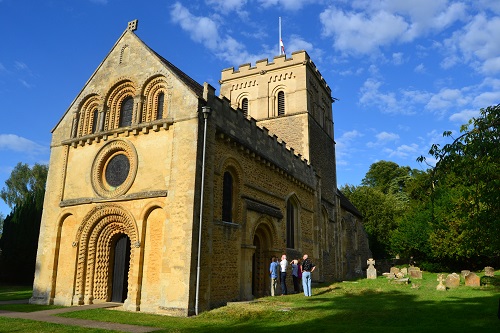
Oxford is a popular destination in England thanks to its famous university and fine architecture, which includes a rare Saxon tower. What’s less well-known is the pleasant stroll along the River Isis two miles down to Iffley village. The walk will take you past the university boathouses, a pasture, an excellent pub, and some fine river views. Just past the pub, you’ll come across a lock and bridge taking you to a small village that contains one of the best-preserved Norman churches anywhere.
St. Mary’s Iffley Church was built c.1170-80 in the High Romanesque style. Early in its history, ownership passed from the local lord to an absentee lord. This distant owner continued to maintain the church, but did little to “improve” it, thus leaving it in much its original state.
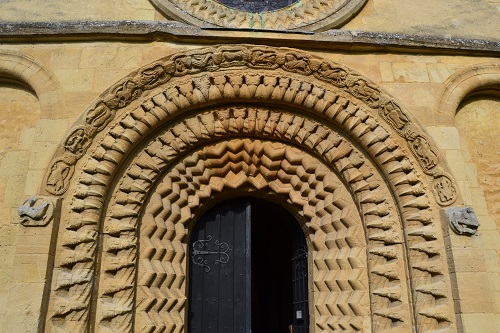
Its best feature is a fine Romanesque front door decorated with signs of the zodiac and of the four Evangelists. The side door is decorated with mythic beasts. To add to the pagan charm, there’s the local belief that an old yew tree next to the church is the sole survivor of an old pagan grove.
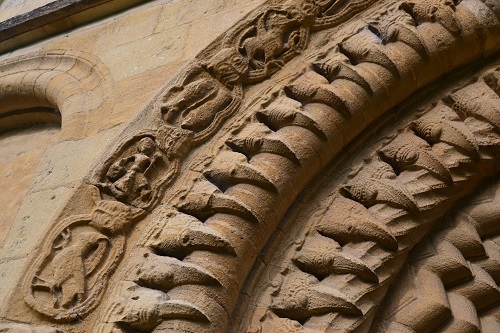
A few years ago, I chatted with the priest and he told me that it was believed that a Saxon church was built on the site in the 5th or 6th century. As was common in early Christianity, it was built atop an earlier sacred site, in this case a sacred grove of yew trees. These trees can easily live to 1500 years, and the yew tree in the Iffley churchyard is a gnarled old thing that looks up to the mark, but even so it must have been barely a sapling when Christianity came to town!
Another explanation comes from Allen Meredith of the Ancient Yew Group, who thinks the yew was planted between 686 and 886 A.D. as part of the original Saxon church. There are several accounts of yews being planted just south of Saxon burial grounds. While the churchyard has not yielded any Saxon graves, there have not been any excavations that I am aware of.
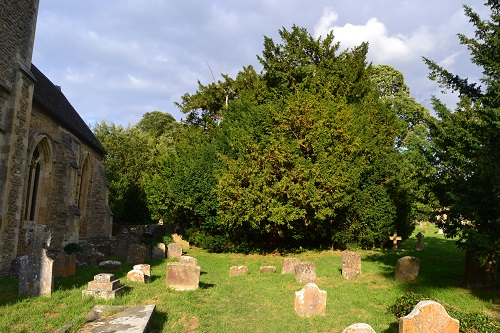
Thanks to the Reformation, the interior has changed more than the exterior, but the original font still stands. It’s a bulky piece made out of marble from Tournai in Flanders. The chevron and foliage ornamentation on the arches is also original, as are the black marble pillars, which like the font came from Tournai. On four spots of the walls, you can see the faint traces of painted crosses. These are all that remain of twelve “consecration crosses”, painted on the spots where the bishop anointed the walls with holy oil while consecrating the church.
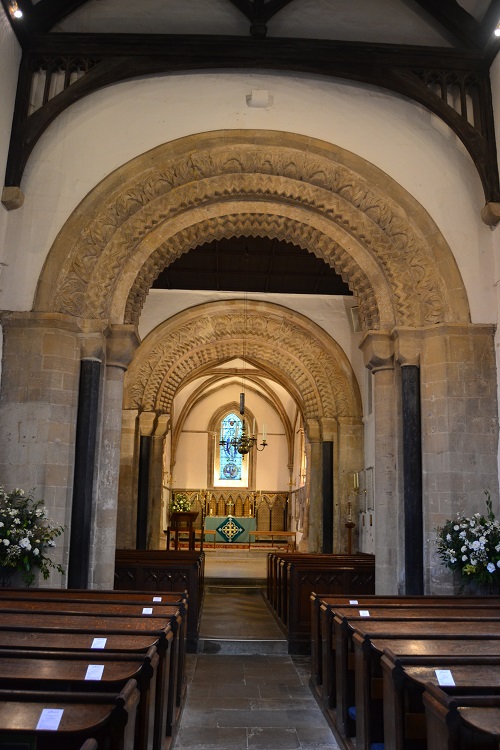
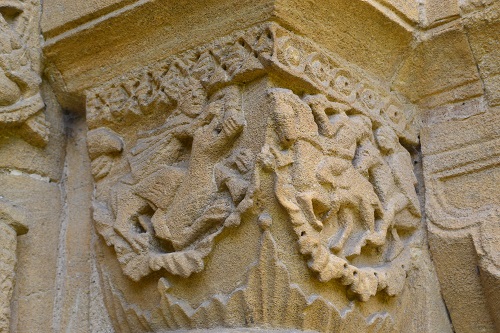
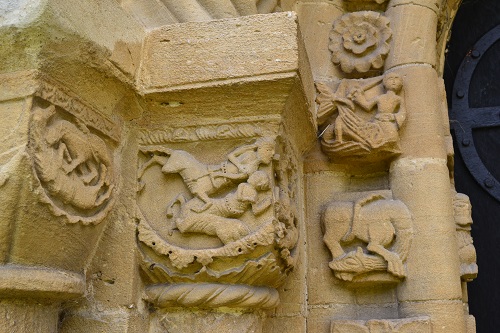
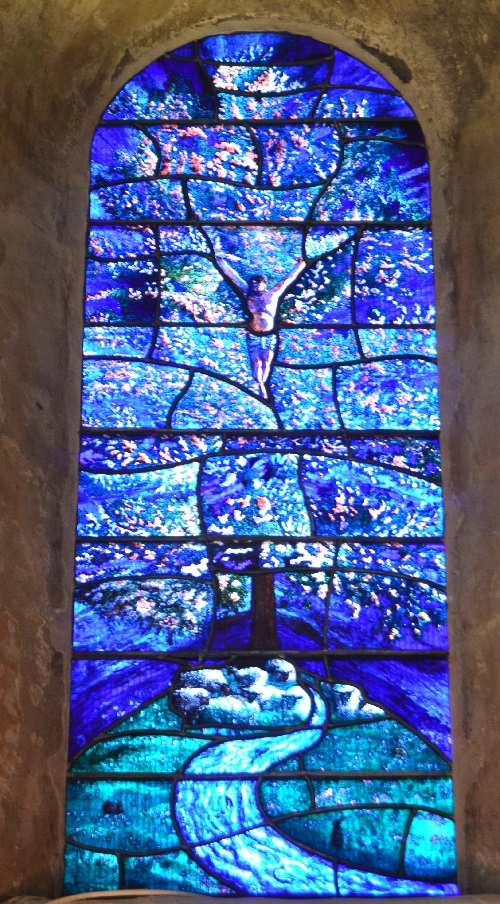
Sean McLachlan is a freelance travel and history writer. He is the author of the historical fantasy novel A Fine Likeness, set in Civil War Missouri, and the post-apocalyptic thriller Radio Hope. His historical fantasy novella The Quintessence of Absence, was published by Black Gate. Find out more about him on his blog and Amazon author’s page.
All photos copyright Sean McLachlan.
It’s hard to see the mythic beasts you mention in detail, but I’m curious if these images are actually depictions of the creatures described in the biblical books of Ezekiel and the Revelation of John?
Hi James! There are several dragons chewing their tails, centaurs, mermen, a green men, a sphinx, a bird, and a figure that’s either Samson defeating the lion or a knight defeating a dragon. While the church pamphlet says it’s Samson, it looks to me more like the latter, but how well could your average Norman depict a lion?
A gem of a place.
Been twice now……can’t imagine the last time was my final visit..
An absolute gem.
Been twice and will be going again, and again, introducing friends to the church and the village